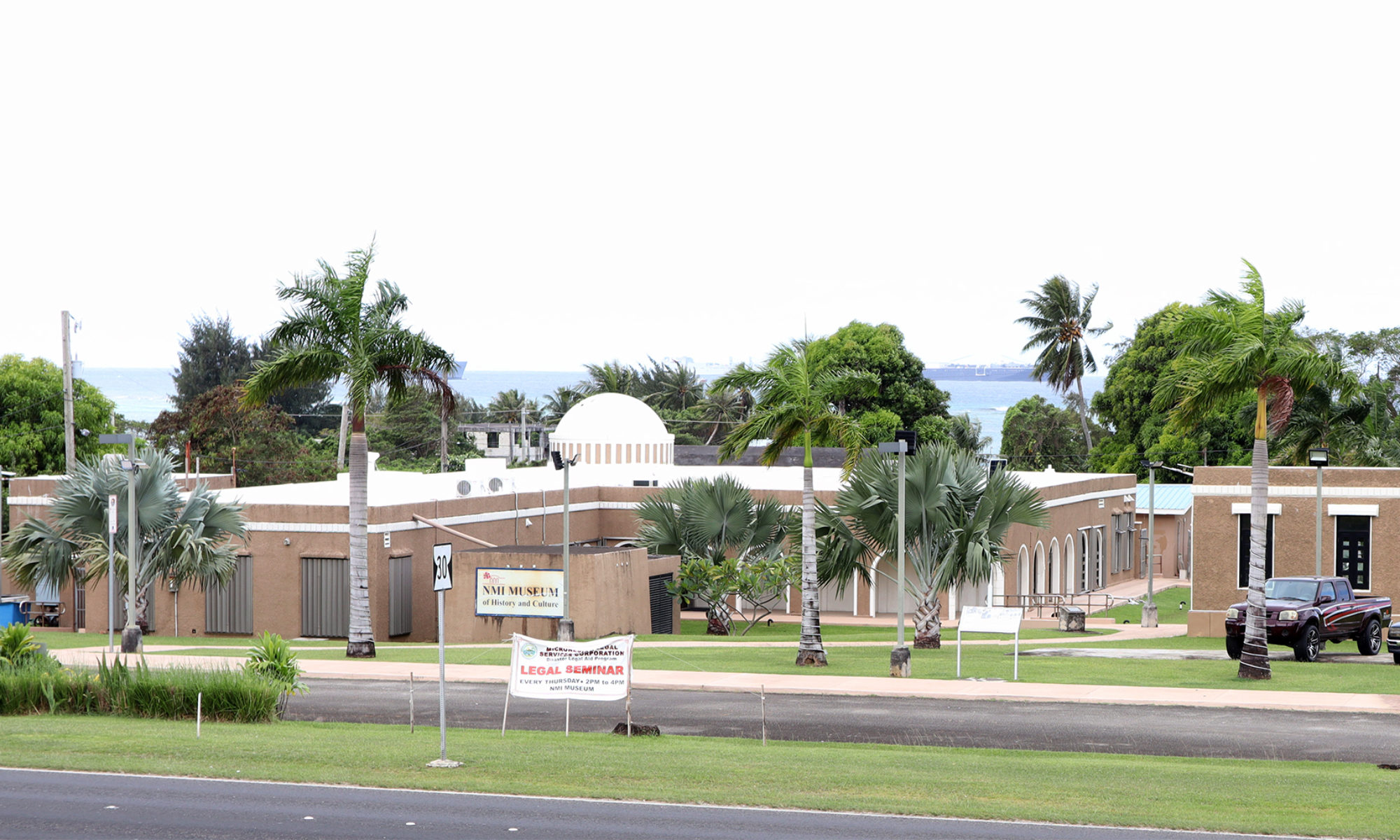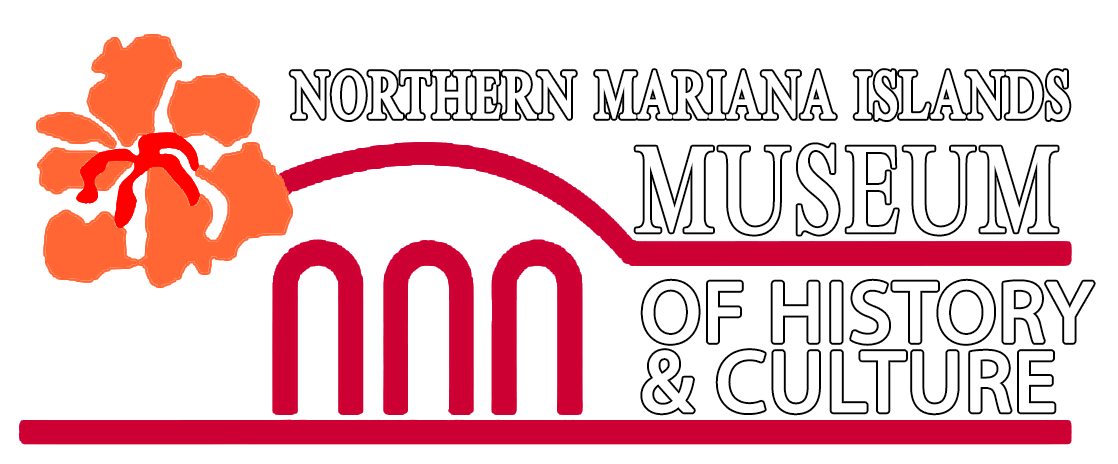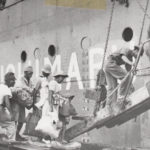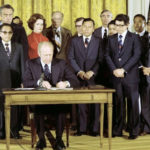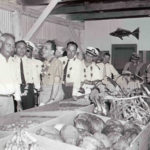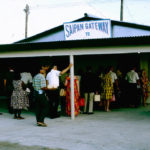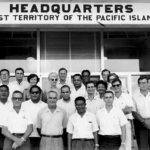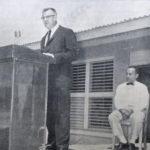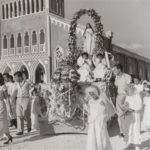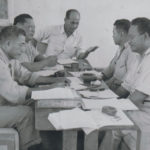Trust Territory and Commonwealth Period
The Trust Territory and Commonwealth Periods (1947-1978). In 1946, Japanese and Korean civilians who had resided in the Northern Marianas during the prewar years were repatriated to their homelands. The following year, the United Nations created the Trust Territory of the Pacific Islands (or TTPI) which included all of the Micronesian islands previously administered by Japan. The United States was appointed as the administering authority of the TTPI. At this same time, Tinian was resettled by Chamorros who had been sent to Yap during the Spanish, German and Japanese periods. During the first four years, the TTPI was administered by the U.S. Navy but in 1951 it was placed under the civilian-run U.S. Department of Interior. However, two years later all the islands in the Northern Marianas, except Rota, reverted back to Naval control due to the presence of a top-secret training base on Saipan run by the Central Intelligence Agency until its closure in 1962. The TTPI was known for its small budgets and lack of economic and political development. This changed during the administration of President John F. Kennedy when it became a U.S. priority to raise the standard of living in Micronesia in an effort to permanently align this strategic area with the United States. During the 1950s and 60s, community leaders in the Northern Marianas expressed their desire to enter into a political relationship with the United States. In the early 1970s, the Marianas Political Status Commission began bilateral negotiations with the U.S. that ultimately led to the adoption of the “Covenant”, an agreement that officially created the Commonwealth of the Northern Mariana Islands or CNMI, the newest member of the American political family. The Commonwealth’s constitution was ratified by voters in 1977 and the first Governor and Legislature were elected in 1978.
